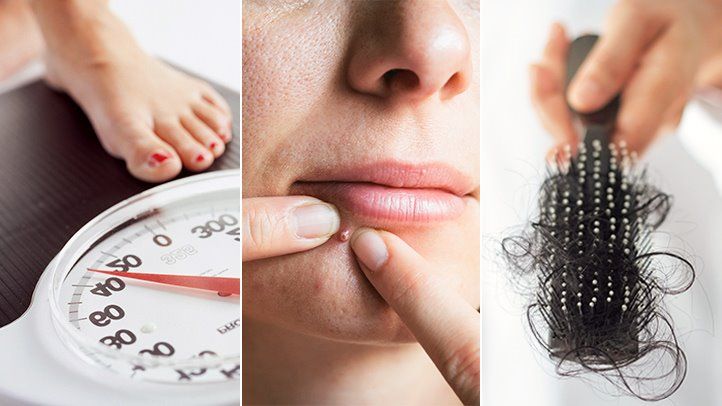Hirsutism- hirsutism is the excessive growth of thick, dark terminal hair in women where hair growth is normally absent may be seen on the upper lip, chin, neck, sideburn area, chest, upper or lower abdomen, upper arm, and inner thigh.
- Bleaching– This method is widely used for masking facial hair and hair on the arms. When repeated often, it may actually inflict sufficient damage to the hair to cause its breakage. is not suitable for severe case.
- Plucking– can cause skin irritation, folliculitis (infection of hair roots), and scarring.-
- Waxing- Waxing is one of the oldest methods available to remove unwanted hair. It is more often used by beauticians than at home for removing hair from the extremities and sometimes from the face. The major disadvantage of waxing is that it can be used only to remove hair which is at least a few millimeters long. can cause skin irritation, folliculitis.
- Shaving– Though shaving, especially on the face, is unacceptable to some women as being too masculine, a majority of women are happy to shave `hairy parts of their body’. Shaving is the easiest, cleanest and cheapest way of removing superfluous hair. There is no scientific basis for the common belief that shaving stiffens hair or increases its pigmentation or growth. However many women develop folliculitis during regrowth, sometimes due to infection with certain bacteria’s. Shaving may be psychologically unacceptable.
- Plucking -Plucking (using either a tweezer or thread) is a common method of removal of unwanted hair in the region of the eyebrows, the upper lip and stray hair from face and areolae of the breasts. Interestingly, plucking stimulates the roots so the shaft soon grows through the epidermis after a brief delay.
- Electrolysis –In electrolysis by using electric current DC, chemical decomposition occurs in the tissues Electrolysis can be painful, and short-wave diathermy can cause scarring.
- Laser therapy- has been shown not only to reduce unwanted hair but also to improve depression and anxiety in women with hirsutism. In many patients, hirsutism can be controlled just with laser, without using any drugs.
For Acne: There are several ways cosmetic and plastic surgeons commonly treat acne and acne scars. They are: chemical peels, laser skin resurfacing, dermabrasion and microdermabrasion.
Chemical peels: strong chemicals remove the top layer of skin to smooth depressed acne scars and give the skin a more even color. Peels are most helpful in treating shallow and superficial acne scars. The surgeon applies the chemical to the skin with ordinary cotton tipped applicator, starting at the forehead and moving over the cheeks to the chin. Various chemicals are used for different depth peels. Light peels require no healing time while deeper peels often need up to two weeks to heal.
Laser skin resurfacing: Another technique for treating superficial scars is by laser, a device which uses a high-energy, amplified light to vaporize the top layer of skin, allowing new skin to grow. The ultrapulsed carbon dioxide laser, the erbium YAG laser and the pulsed dye yellow light laser are most commonly used for treating acne scarring.
Dermabrasion: the mechanical sanding of the upper layers of the scar. A new layer of skin replaces the ground down (or, abraded, as a physician would say) layer of skin.
Microdermabrasion: tiny particles passing through a vacuum tube gently scrape away the top layer of scarred skin and stimulate new cell growth. Patients with mild scarring are the best candidates; multiple treatments are usually required to achieve the best results.
For deep pitted scars, the physician cuts out the core of scar tissue with a small needle and stitches up the hole. During one session, many of these scars are usually treated. Or, the practitioner may replace the excised part with a small graft of normal skin, (often taken from behind the ear) and then taping it in place.
Soft tissue augmentation with an injectable filler is yet another option, useful for shallower acne scars. The fillers last anywhere from a few weeks to nine months. Some of the newer fillers, like Restylane, Juvederm and Hylaform last two to six years after the injections. Most work by stimulating your body’s natural collagen around the filler and plumps up the area injected.
Some scars are treated with fat grafting, a technique that takes fat from other areas of your body and then injects it into the scars, filling out the depressed areas.
Please watch our video for more information:

